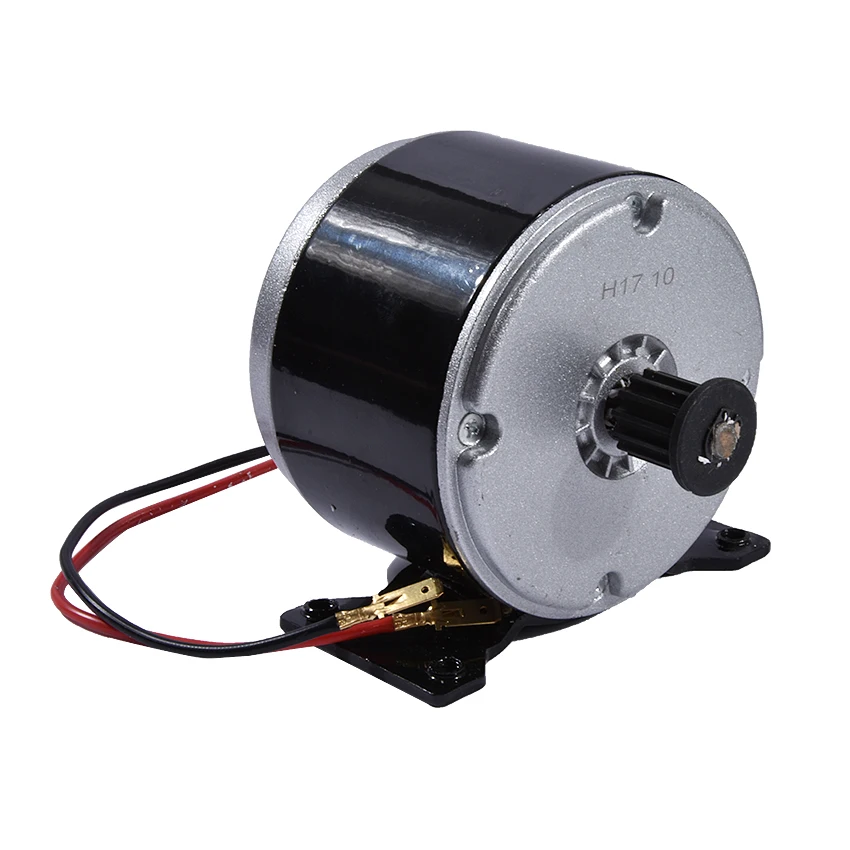DC Brushless Motors - AMETEK PDSPosted by Cooley Peters on July 2nd, 2021 About - Brushless PMAC Motors - MOTORS - EV PARTS
When transforming electrical energy into mechanical power, brushless motors are more effective than brushed motors mainly due to the absence of brushes, which reduces mechanical energy loss due to friction. The improved performance is biggest in the no-load and low-load regions of the motor's efficiency curve. Another Point of View and requirements in which makers utilize brushless-type DC motors include maintenance-free operation, high speeds, and operation where triggering is dangerous (i. explosive environments) or might affect digitally sensitive equipment. The building and construction of a brushless motor looks like a stepper motor, however the motors have essential distinctions due to distinctions in application and operation. While stepper motors are frequently stopped with the rotor in a specified angular position, a brushless motor is normally meant to produce continuous rotation. Both a stepper motor and a well-designed brushless motor can hold limited torque at no RPM. Controller executions [modify] Since the controller carries out the conventional brushes' performance it needs to understand the rotor's orientation relative to the stator coils. This is automated in a brushed motor due to the fixed geometry of the rotor shaft and brushes. EC Motors (Brushless) - Johnson Electric Fundamentals Explained
Others measure the back-EMF in the undriven coils to presume the rotor position, eliminating the requirement for different Hall impact sensors. These are for that reason typically called sensorless controllers. Controllers that sense rotor position based upon back-EMF have extra challenges in initiating movement since no back-EMF is produced when the rotor is stationary. This can cause the motor to run in reverse quickly, adding a lot more complexity to the start-up sequence. Other sensorless controllers are capable of determining winding saturation caused by the position of the magnets to infer the rotor position. [] A common controller consists of 3 polarity-reversible outputs controlled by a reasoning circuit. More sophisticated controllers use a microcontroller to handle acceleration, control motor speed and fine-tune effectiveness. 2 crucial performance criteria of brushless DC motors are the motor constants K T \ displaystyle K _ T (torque constant) and K e \ displaystyle K _ e (back-EMF consistent, also referred to as speed consistent K V = 1 K e \ displaystyle K _ V = 1 \ over K _ e ). Like it? Share it! |



